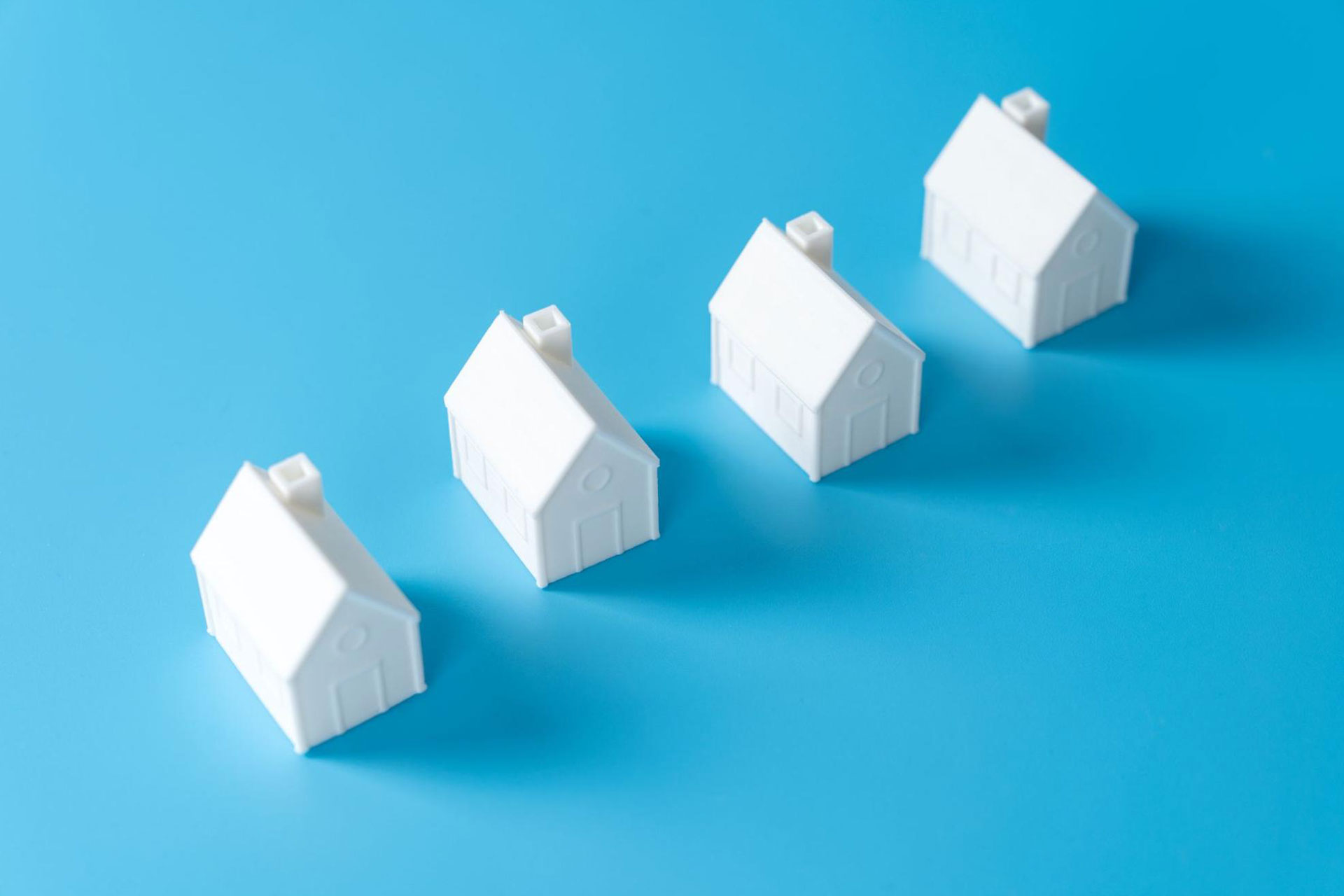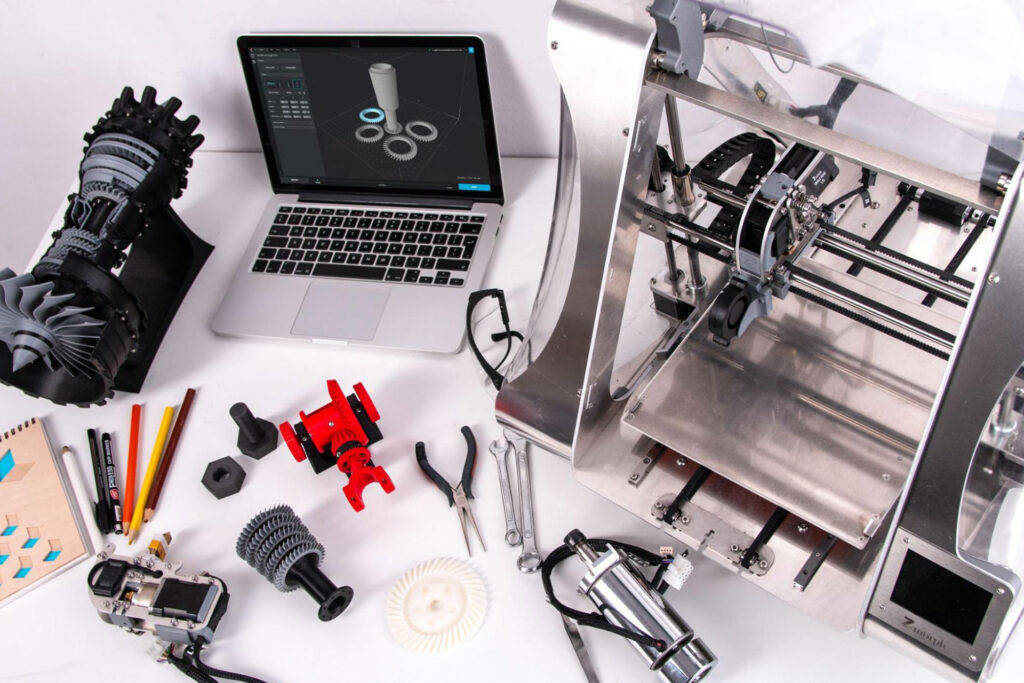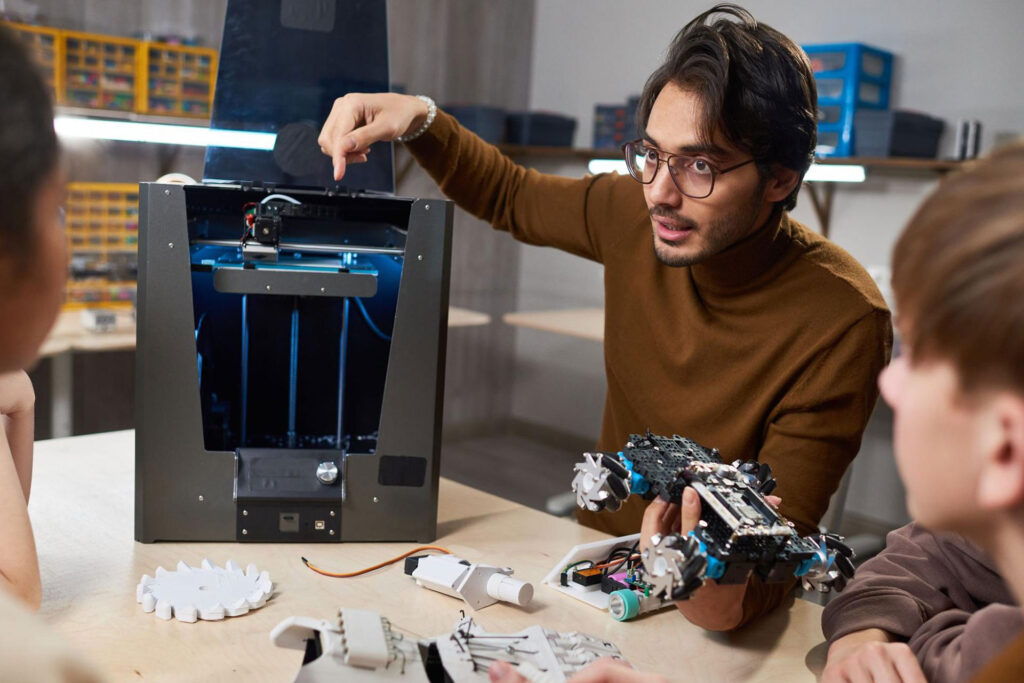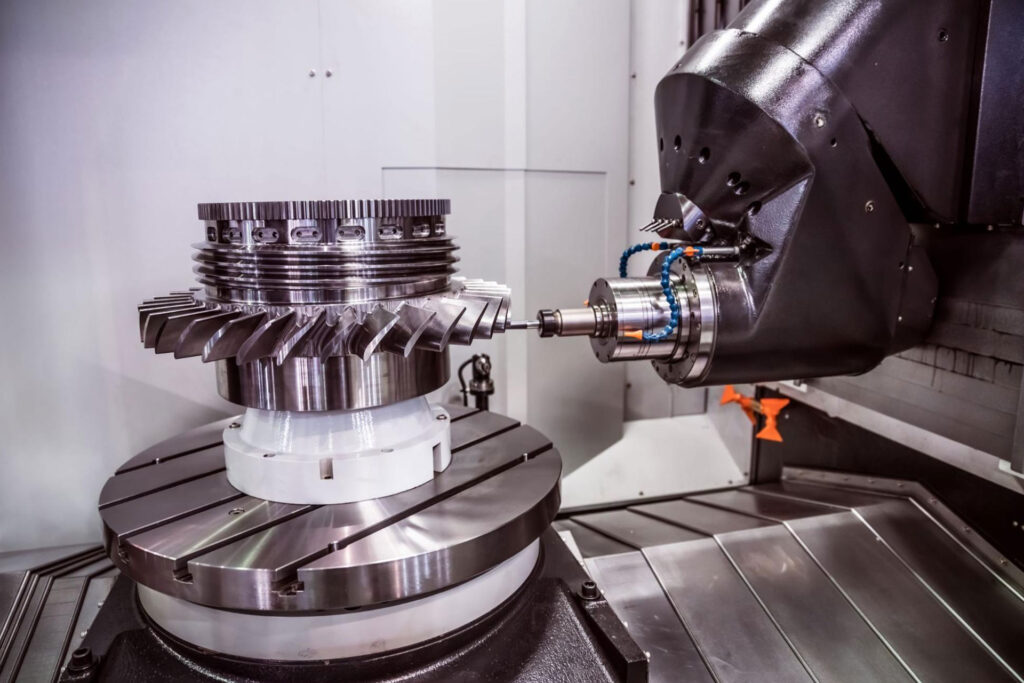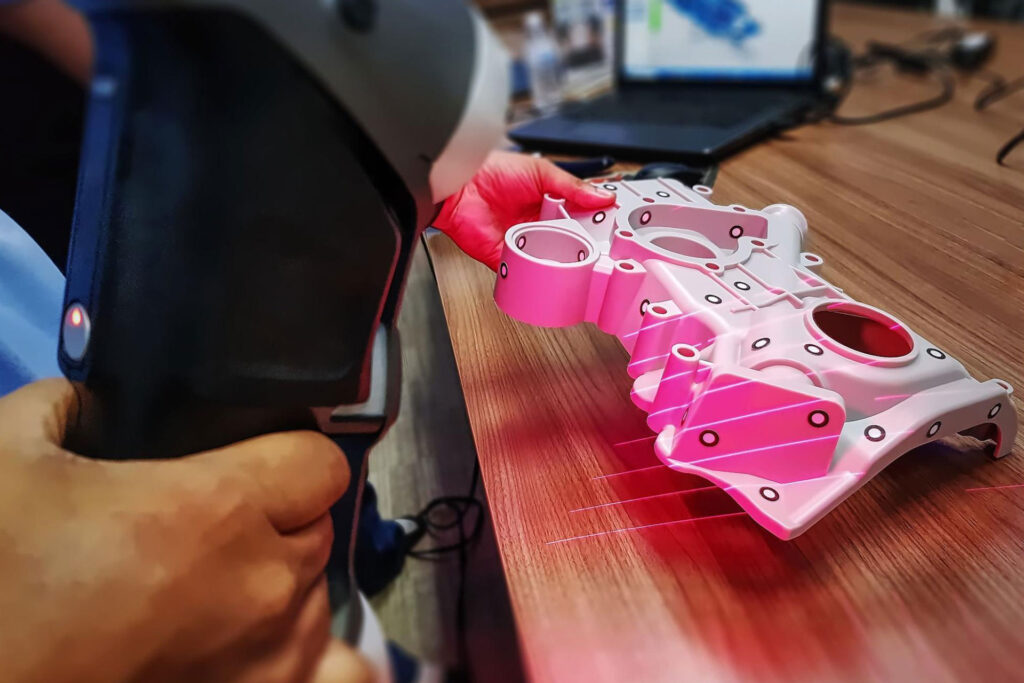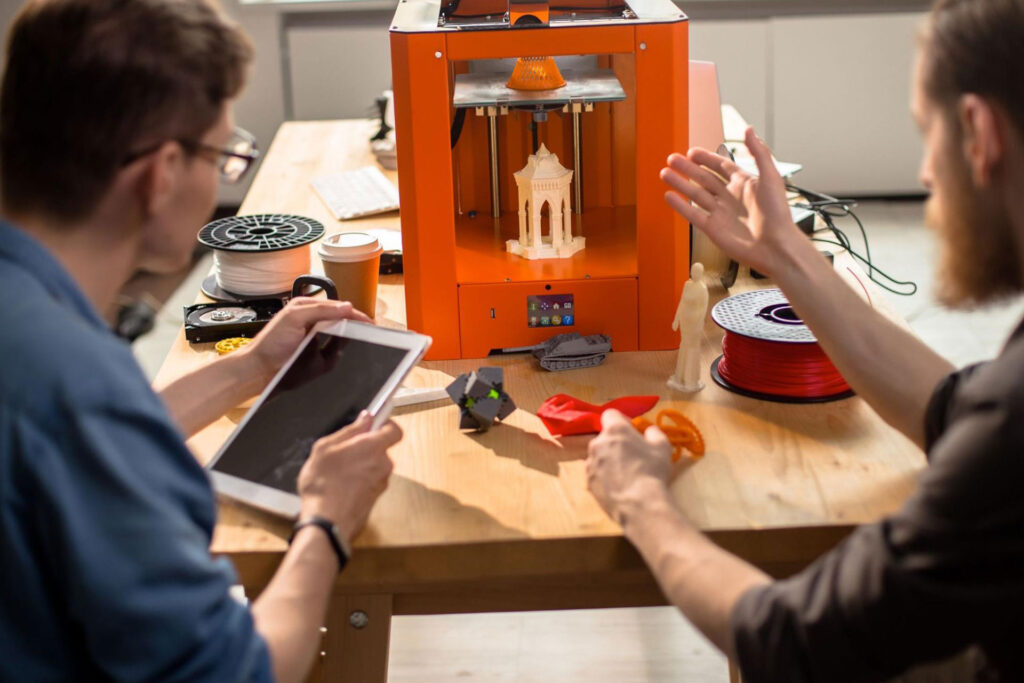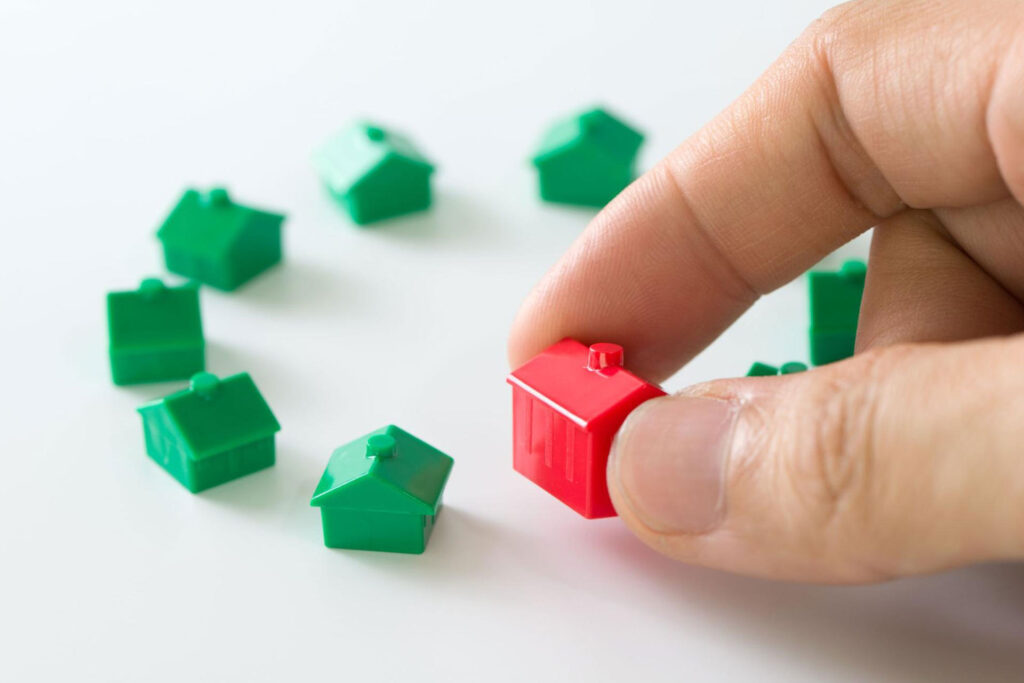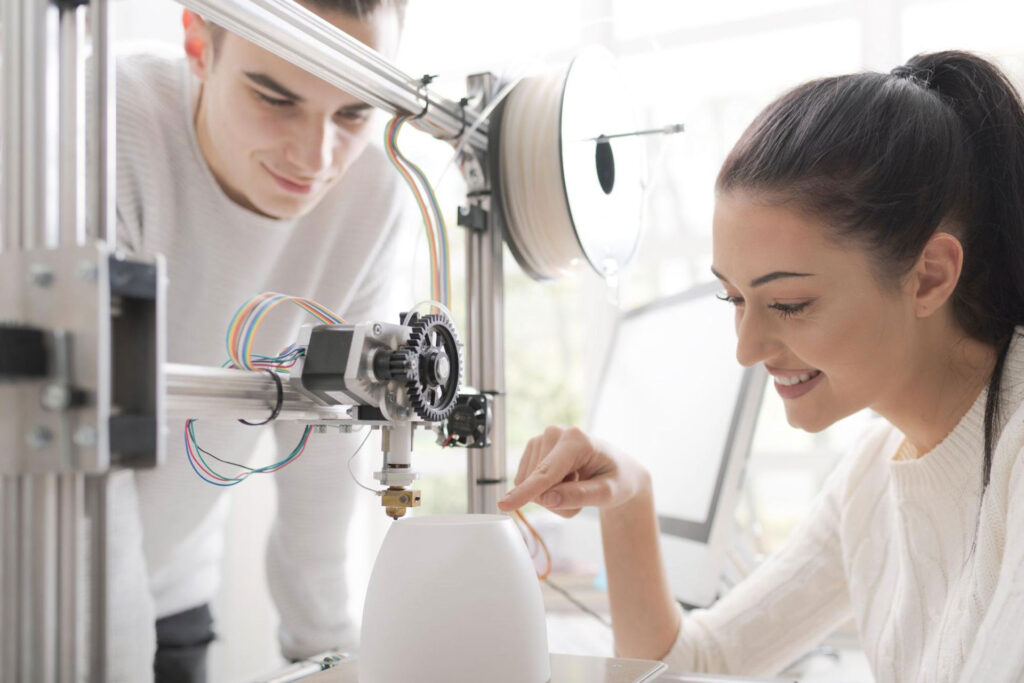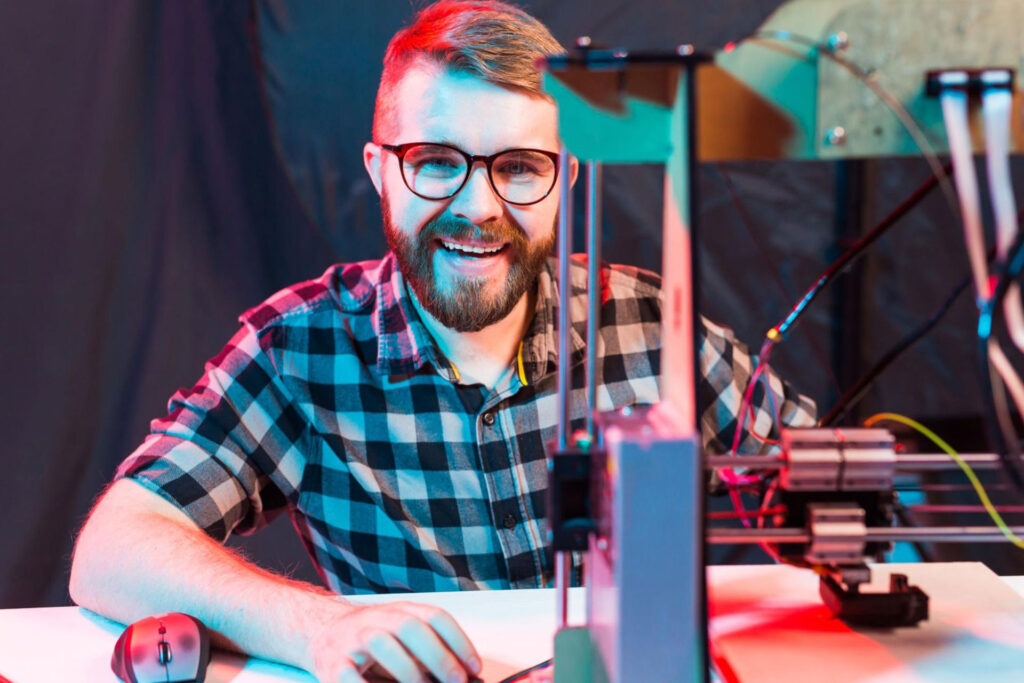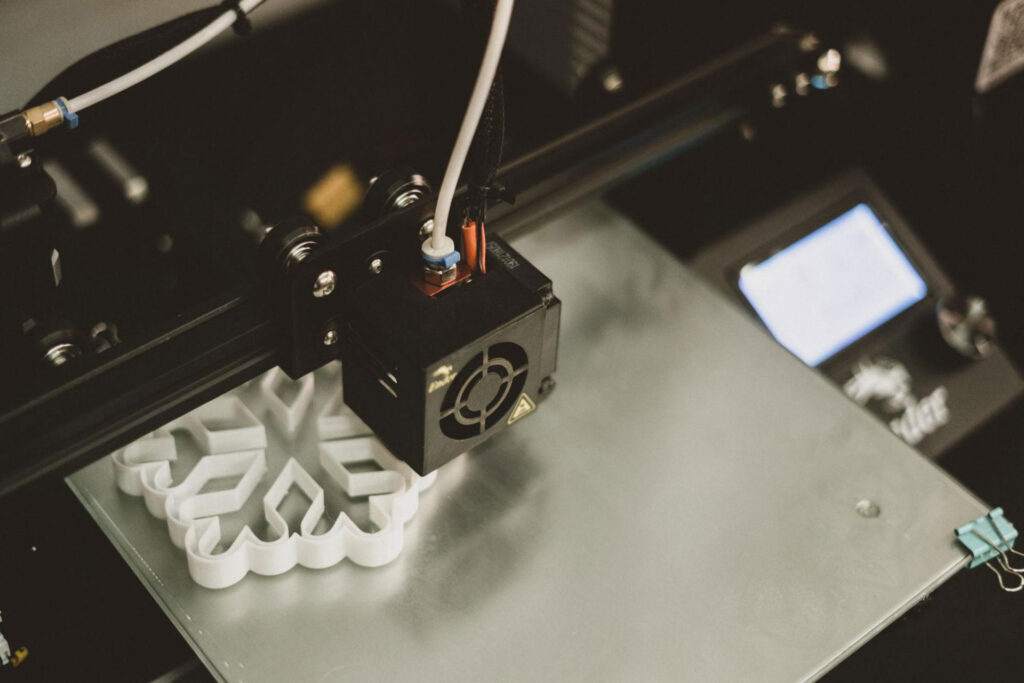There are many ways to make a house — add more rooms, renovate, and even build from scratch. With the technology that we have today, several innovations are being utilized by the construction industry, and one of them is making 3D printed houses. However, few people know about what a 3D printed house looks like, how it is made, and what it’s basically all about. While the idea of 3D printed houses sounds futuristic, this practice’s humble beginnings started around 1986 to early 2000s. Houses have been built from the ground up with masonry, timber framing (a carpentry technique), and concrete. It was only recently that we started to realize how 3D printers can be used to build an entire house at once. But as science and technology advances and people seek affordable sustainable living solutions, we will probably see them in the near future. So, let’s take a look at the pros and cons of 3D-printed homes.
Pros
Lower Construction Costs

3D printers offer significant cost savings in construction projects due to reductions in both labor and production costs. An architectural project may reduce labor costs because the bulk of construction is completed by 3D printers. The use of a 3D printer also reduces production costs as there is no need for storage space or daily transportation.
Increased Design Opportunities
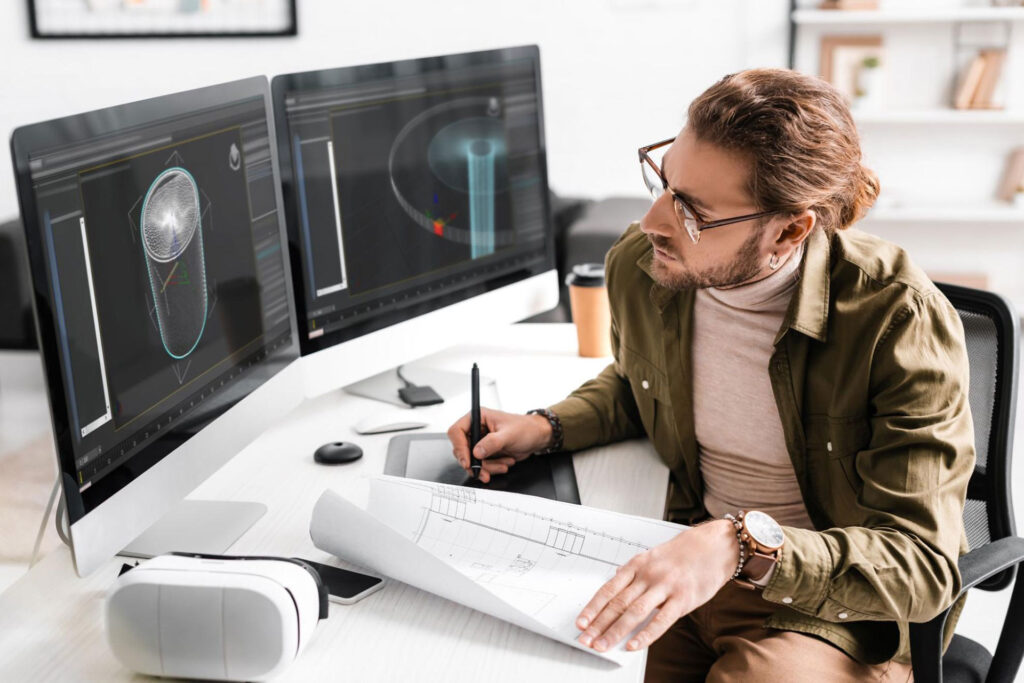
The architectural industry is not new to extravagant designs and concepts. But, with this technological advancement, architects can take their design to a whole new level — literally. With 3D printing technology, buildings and structures of the future will be superior in aesthetics and structural strength that we couldn’t have dreamt of before. Aside from lower construction costs and saving time, 3D printing brings great possibilities and opportunities for design and concept. The old construction methods have some design limitations, but this new technology is overcoming those limitations by letting architects create more unique and creative buildings.
Reduced Construction Waste
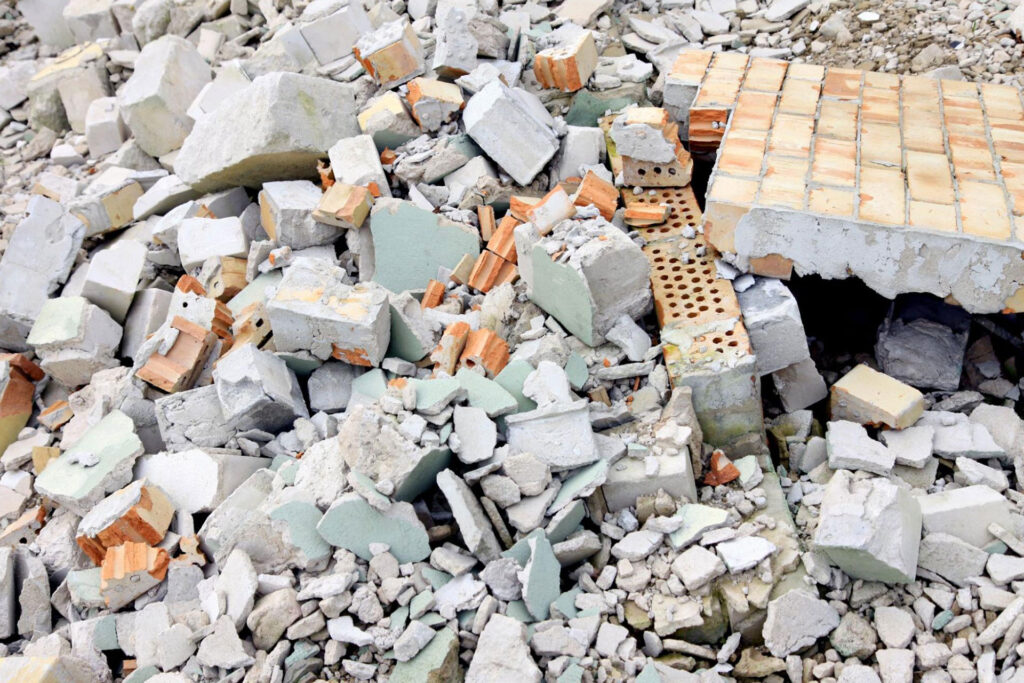
3D printed construction is an architectural design approach in which a company uses 3D printers to print any components needed for building actual structures. While using very little energy, the cement mixture used in 3D printing can be produced out of recycled materials so that waste is almost entirely eliminated.
Reduced Construction Time
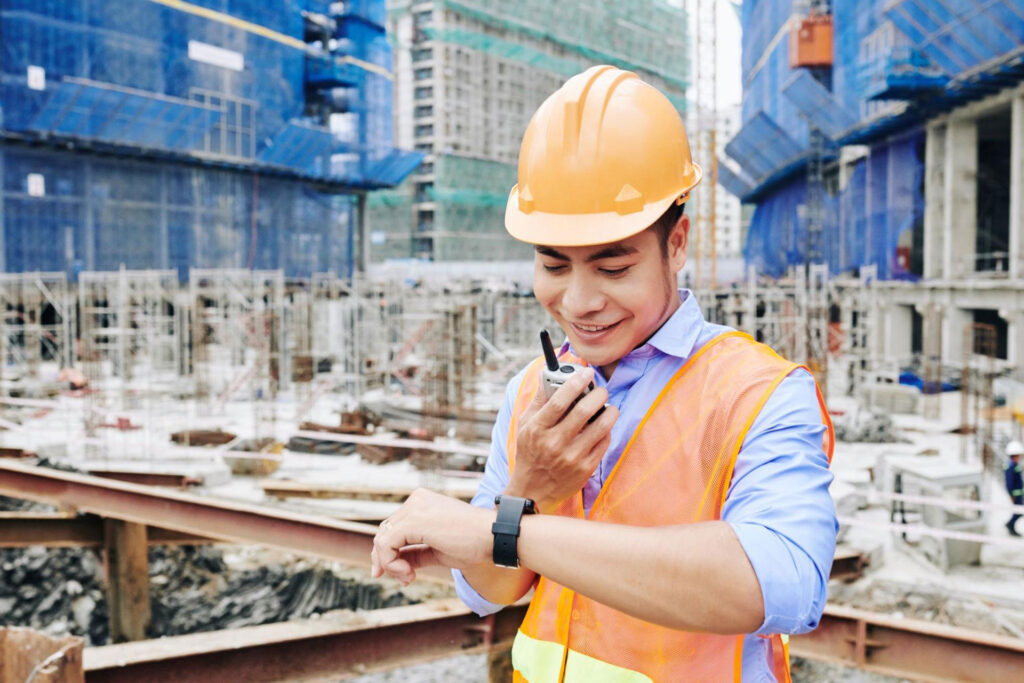
Incredible engineering has led to a revolution in the construction industry. With 3D printing technology and portable construction materials, houses are built within a month or a half compared to the normal 6-9 months construction period. This can be extremely beneficial during an emergency situation where shelter needs to be built immediately.
Related: The 5 Must-Know Benefits of 3D Printing
Cons
Difficulty With Finding Materials
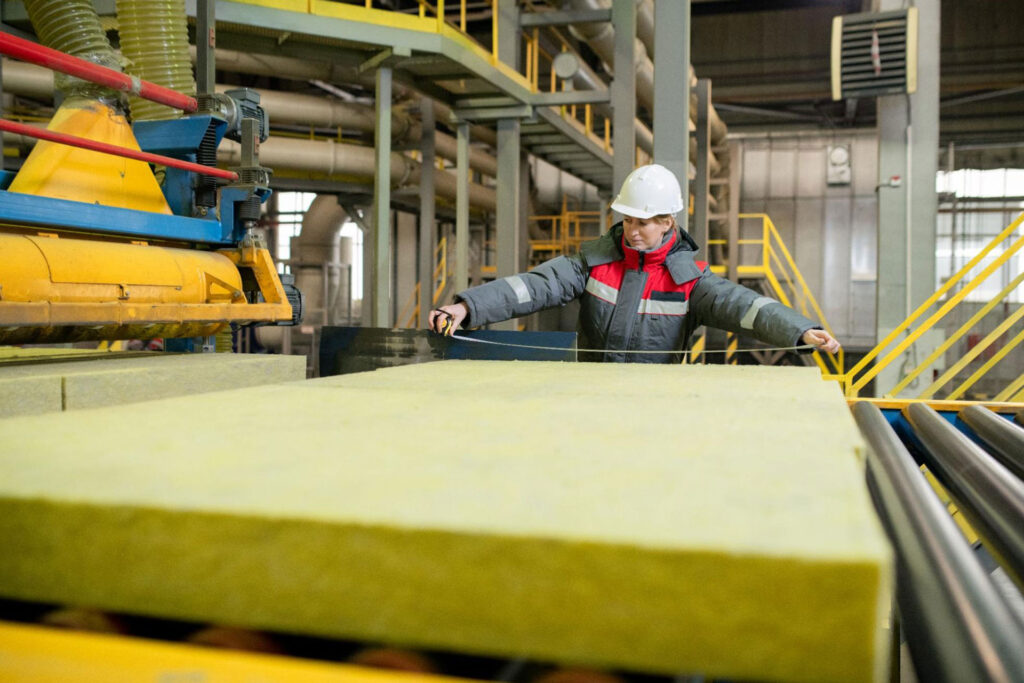
Despite the advances in 3D printing technology, finding raw materials has been a problem. The first versions of printers used plastics that are not strong enough. There’s a limited number of materials that can be used in 3D printing. These materials are light but they lack strength when used as building materials. It’s now more difficult to build high-rise buildings using 3D printers because the walls will not withstand the pressure on them once they get to a certain height. In order to solve the issue, companies had to develop new materials composites containing high-grade plastic and steel. With this combination, walls would be strong and would still retain their ability to bend.
Negative Impact on Manpower
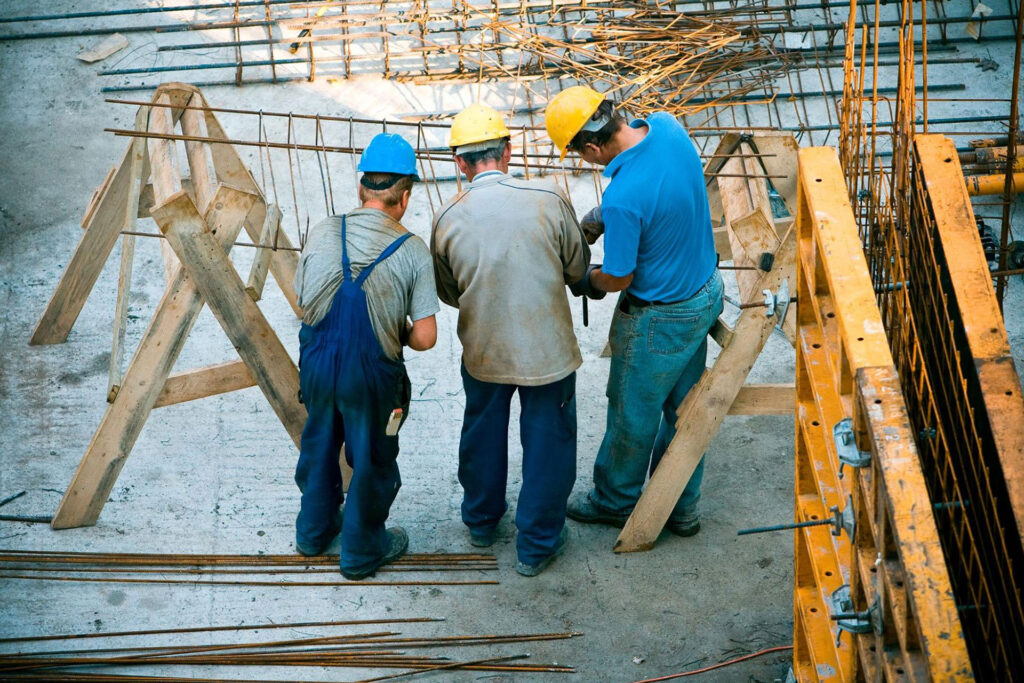
While this technology will create new jobs in the future, it is also likely to wipe out many of the existing ones. The 3D printing industry is still small today and uses only a very small number of workers. But its impact on blue-collar jobs will be much more significant than any industrial revolution. The advent of new technologies has always been a reason for the inclement weather to the people involved in that sector. And this time it is 3D printing. With the 3D printing technology getting started, many of the jobs would be outsourced in the near future, making manpower superfluous and leaving some people jobless.
Engineering Compatibility

With 3D printed buildings on the rise, there are a few compatibility issues with the current design programs that need to be addressed. A growing number of architects and engineers have started to take interest in 3D printed buildings but their ideas could go unrealized due to this lack of programs that can fit the new technology.
With that being said, this leaves 3D printed houses in the same boat as other construction methods. Some houses are more affordable than others, and some are faster to build than others. Because 3D printing is so new, there are currently few options when it comes to selecting a home. Regardless, developments in building technology will likely expand the selection of home options as time goes on. 3D printed houses may not be ideal for all purposes and circumstances, but they will at least be an option for some people.
Would you like to know more about 3D-printed houses in the Philippines? Contact us today, we’d love to help you!

